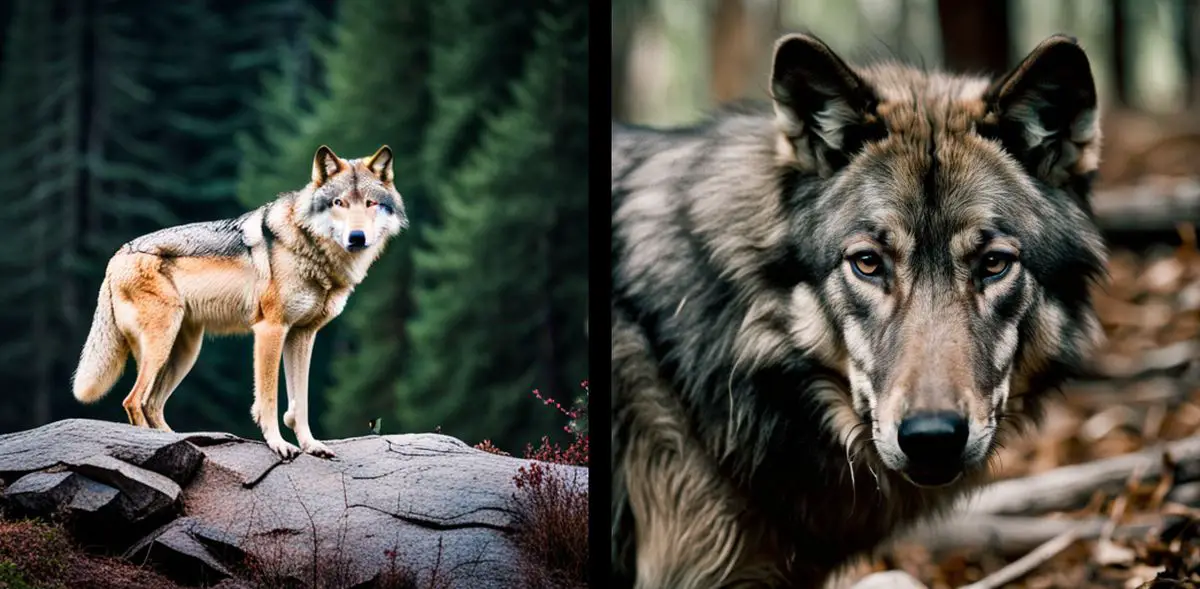Stable Diffusion XL (SDXL), a new iteration of Stability AI’s AI picture generator, has been launched. The current version, known as SDXL 0.9, creates images that are more lifelike than its forerunner. Additionally, it generates hands more accurately than earlier AI-generated photos, which was one of their weaknesses.
Stability AI claims that the new model is “a leap in creative use cases for generative AI imagery.” When the same prompts were used with SDXL 0.9 and Stable Diffusion XL beta, the example photographs from the blog article showed improvements.

Everything you need to know about SDXL 0.9
Aliens, wolves, and a person holding a coffee cup are among the images that the newest model appears to create with greater quality and more lifelike hands. Hands were a straightforward “tell” to identify AI-generated art prior to the March release of Midjourney v5, a competitive platform built on Discord.
Images created with SDXL 0.9 have substantially better detail and composition. Better color and lighting are present, and the visuals are clearer and more lifelike. Additionally, the model is superior at creating complex things like humans and animals.
Learn how to use ControlNet Stable Diffusion to generate better images
The way SDXL 0.9 creates hands is one of the most obvious changes. In the past, AI-generated hands were frequently deformed or indistinct. The hands are substantially more lifelike and intricate in SDXL 0.9.
“SDXL 0.9 has one of the largest parameter counts of any open source image model, boasting a 3.5B parameter base model and a 6.6B parameter model ensemble pipeline (the final output is created by running on two models and aggregating the results). The second stage model of the pipeline is used to add finer details to the generated output of the first stage,” the blog post said.

Stability AI SDXL 0.9 technical details
The main factor behind this compositional improvement for SDXL 0.9 over the beta version is the parameter count, which is the total of all the weights and biases in the neural network that the model is trained on.
With a 3.6 billion parameter base model and a 6.6 billion parameter ensemble pipeline (the final output is produced by running on two models and combining the results), it has one of the highest parameter counts of any open-source image model. The generated output of the first stage is refined using the second stage model of the pipeline.

SDXL 0.9 release date
The model is now accessible via Stability AI ClipDrop, and API access will soon be available. Research weights are now available, and as we transition to 1.0, an open release will follow in mid-July.
Despite being able to operate on a contemporary consumer GPU, SDXL 0.9 offers a significant improvement in terms of inventive applications for generative AI graphics. SDXL is at the forefront of practical uses for AI images thanks to its capacity to produce incredibly lifelike works for movies, television, music, and instructional videos, as well as its innovations for design and business.
AI Generative fill online: How to use ClipDrop Uncrop?
SDXL 0.9 is a significant improvement over previous versions of the Stable Diffusion AI image generator. It produces more photorealistic images with better hands, and it supports a wider range of creative use cases. If you are looking for an AI image generator that can create realistic and detailed images, then it is a good option.
Here are some additional details about SDXL 0.9:
- It requires a minimum of 16GB of RAM and a GeForce RTX 20 (or higher) graphics card with 8GB of VRAM.
- It supports Windows 11 / 10 and Linux.
- It will soon be available on Stability AI’s DreamStudio app.





